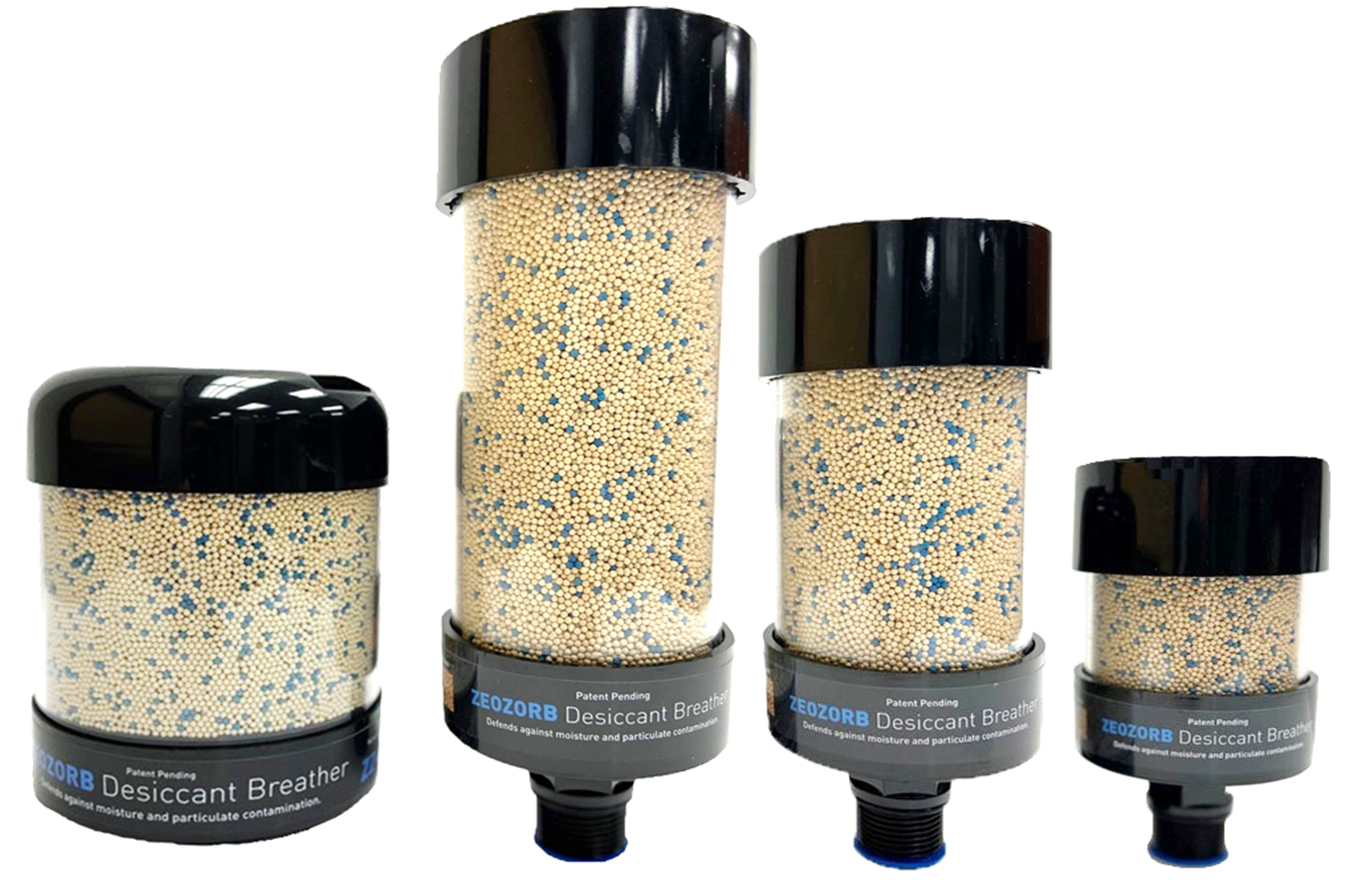
Hydraulic systems play a crucial role in various industries, from manufacturing and construction to aerospace and automotive. These systems rely on hydraulic fluids to transfer power and control machinery. To ensure the optimal performance and longevity of hydraulic systems, proper maintenance is essential. One often overlooked but highly effective maintenance component is the desiccant breather, which can significantly enhance the performance and lifespan of hydraulic reservoirs. In this blog post, we will explore the numerous benefits of using a desiccant breather in hydraulic systems.
What is a Desiccant Breather?
A desiccant breather is a device designed to protect hydraulic reservoirs and other equipment from moisture and contaminants. It consists of a housing that contains a silica gel or molecular sieve desiccant, which absorbs moisture from the surrounding air. Additionally, a desiccant breather includes a filter element to capture particulate contaminants and prevent them from entering the hydraulic system.
Now, let’s dive into the benefits of incorporating desiccant breathers into your hydraulic systems:
- Moisture Control
One of the primary functions of a desiccant breather is to control moisture levels within the hydraulic reservoir. Moisture can be a significant problem in hydraulic systems as it can lead to corrosion, reduced lubricity of the hydraulic fluid, and even system failure. By absorbing moisture from the incoming air, a desiccant breather helps maintain the hydraulic fluid’s integrity, reducing the risk of damage and downtime.
- Contaminant Filtration
Desiccant breathers come equipped with filter elements that effectively capture particulate contaminants present in the surrounding environment. These contaminants can include dust, dirt, pollen, and even airborne microorganisms. By preventing these contaminants from entering the hydraulic system, desiccant breathers help maintain the cleanliness of the hydraulic fluid, thus extending the life of system components.
- Improved System Efficiency
Maintaining the cleanliness and dryness of hydraulic fluid has a direct impact on the efficiency of hydraulic systems. Contaminated and moisture-laden hydraulic fluid can lead to increased friction, reduced performance, and higher energy consumption. With a desiccant breather in place, the hydraulic fluid remains clean and free from moisture, ensuring optimal system performance and efficiency.
- Extended Component Life
Hydraulic systems are made up of various components, including pumps, valves, cylinders, and hoses, all of which can be adversely affected by moisture and contaminants. By using a desiccant breather to protect the hydraulic fluid and system components, you can significantly extend the lifespan of these crucial parts, ultimately reducing maintenance costs and downtime.
- Cost Savings
The benefits of using a desiccant breather in hydraulic systems culminate in cost savings. Reduced maintenance, fewer component replacements, and improved system efficiency all contribute to a lower total cost of ownership for your hydraulic equipment. Additionally, the prevention of system failures and downtime can save your organization money by minimizing production interruptions and emergency repairs.
Incorporating a desiccant breather into your hydraulic system is a smart investment in the long-term reliability and performance of your equipment. By controlling moisture, filtering contaminants, and ensuring clean and dry hydraulic fluid, these small but mighty devices offer a multitude of benefits. From improved efficiency and extended component life to cost savings and reduced downtime, desiccant breathers play a vital role in maintaining the health of your hydraulic systems. So, if you haven’t already, consider integrating desiccant breathers into your hydraulic reservoirs and experience the hidden heroes of hydraulic maintenance in action.
